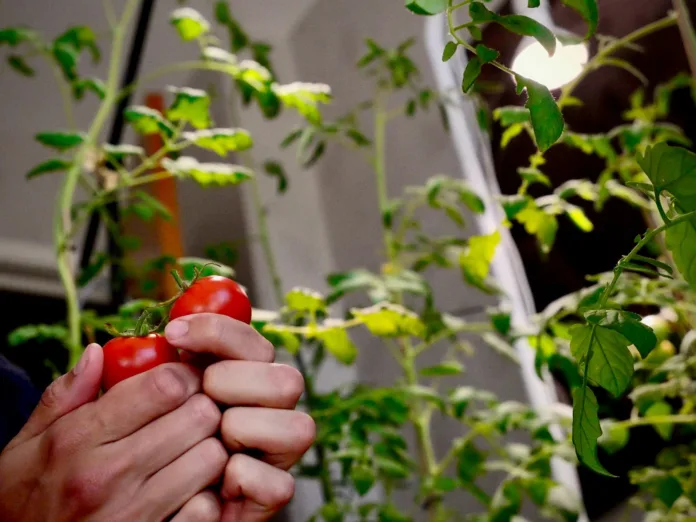These days, sustainability has become a necessity, especially for people living in urban areas. With limited access to natural resources and growing concerns about food security, a lot of people living in cities are now turning to self-sustaining practices like urban gardening.
To be more specific, the focus is to cultivate greens in compact spaces. This is because a lot of people nowadays are eager to reduce their environmental footprint and guarantee access to fresh, organic produce.
In cities where space is a premium, it can be quite challenging to grow your own herbs or vegetables. However, innovative techniques have now emerged that help urban gardeners maximize their yields.
Interestingly, some of the methods used in cultivating cannabis, such as the well-known Khalifa Kush strain, have proven very useful for urban gardeners. These techniques guarantee efficient use of space, provide optimal growing conditions, and result in productive harvests in even the smallest environments.
Why Urban Gardening is on the Rise
Urban gardening isn’t just about sustainability. It is also a response to the environmental and health concerns that are associated with industrial agriculture. This is because conventional farming uses a lot of water, fertilizers, and pesticides, which can negatively affect the environment and contribute to soil degradation.
By growing their own greens, residents in urban areas can minimize their dependence on mass-produced, chemically treated vegetables and contribute to the planet’s well-being at the same time.
In addition, urban gardening also helps develop a deeper connection with food, which allows city dwellers to experience the satisfaction of growing their own produce. This kind of sustainable living can have positive effects on a person’s mental health since it helps reduce stress and encourage mindfulness.
After all, the hands-on experience of gardening can be both therapeutic and rewarding, especially in bustling urban environments where green space is limited.
Making the Most of Limited Space
One of the biggest challenges faced by city gardeners is working in small spaces. However, this has not hindered the rise of rooftop gardens, balcony planters, and indoor herb stations.
Techniques such as vertical gardening, hydroponics, and container gardening have become very important for urban dwellers who aim to grow their own food. The ability to grow upwards instead of outwards has helped individuals make the most of limited real estate.
Another significant factor that has contributed to the success of urban gardening is the use of feminized seeds. Feminized seeds are bred to produce only female plants. Female plants are generally more productive and suitable for tight spaces.
This method guarantees that growers maximize their harvest without worrying about unwanted male plants taking up valuable space. Urban gardeners often prefer feminized seeds because they deliver better results with minimal maintenance.
The Role of Technology and Innovation
Technology is playing a huge role in supporting sustainable urban living. Growers these days now have access to different smart gardening tools, such as automated watering systems, grow lights, and soil sensors. These tools help in terms of monitoring and managing the growing environment to make sure that every plant receives the right amount of nutrients, water, and light.
Hydroponics is another popular method among urban gardeners. This technique allows plants to thrive in a nutrient-rich water solution. Hydroponics uses 90% less water compared to traditional farming, but it also produces higher yields in a shorter amount of time. City dwellers who adopt this method can grow leafy greens like lettuce, spinach, and kale even in their apartments.
Plus, companion planting can help optimize space by pairing plants that benefit one another in terms of growth and pest resistance. Herbs like basil can deter pests from other plants, making the garden more efficient even without using pesticides.
Sustainable living through urban gardening is now a growing movement that allows city dwellers to reconnect with nature and reduce their environmental impact at the same time. By adopting innovative techniques, urban residents can create greener and more sustainable cities.
